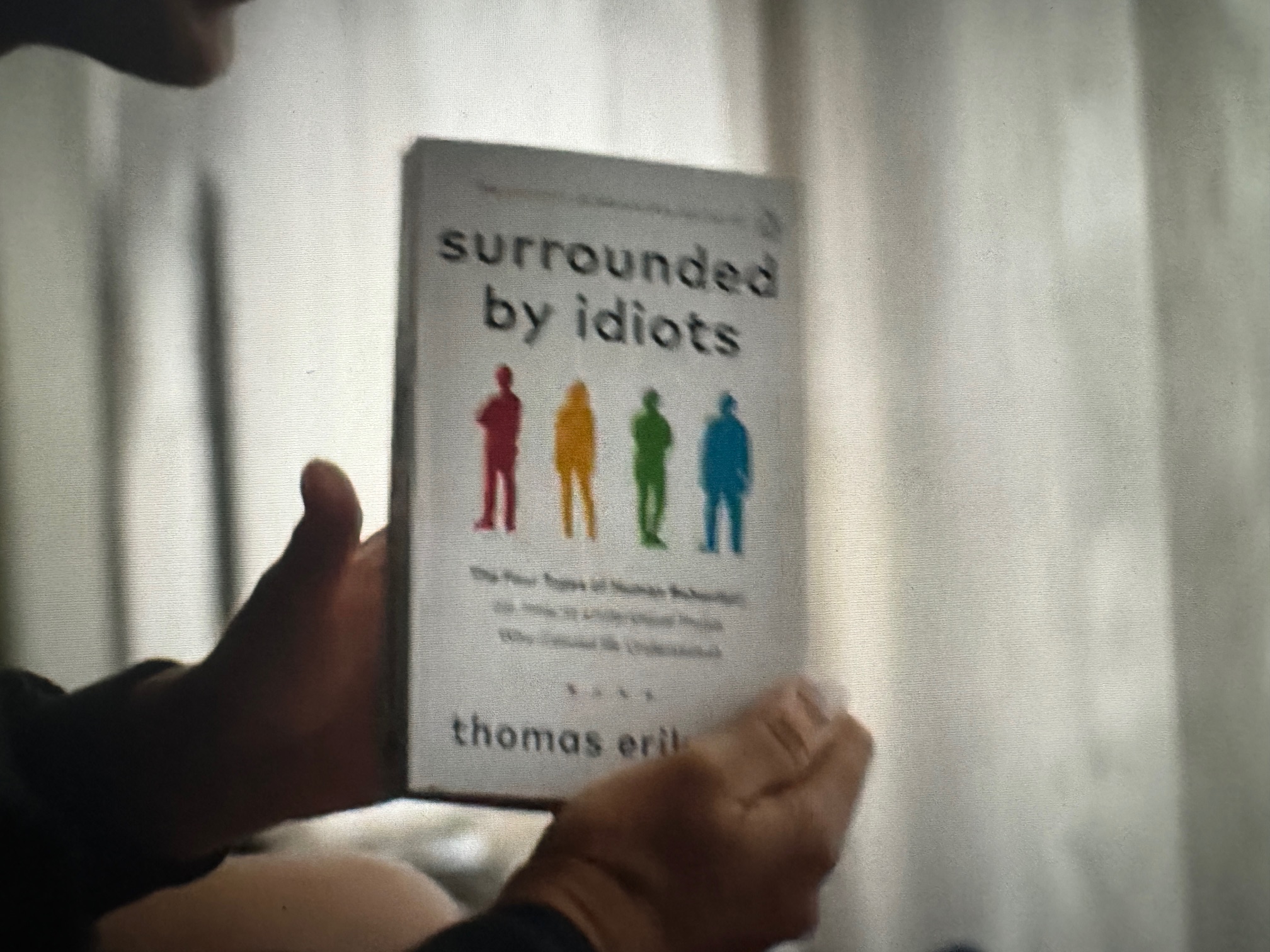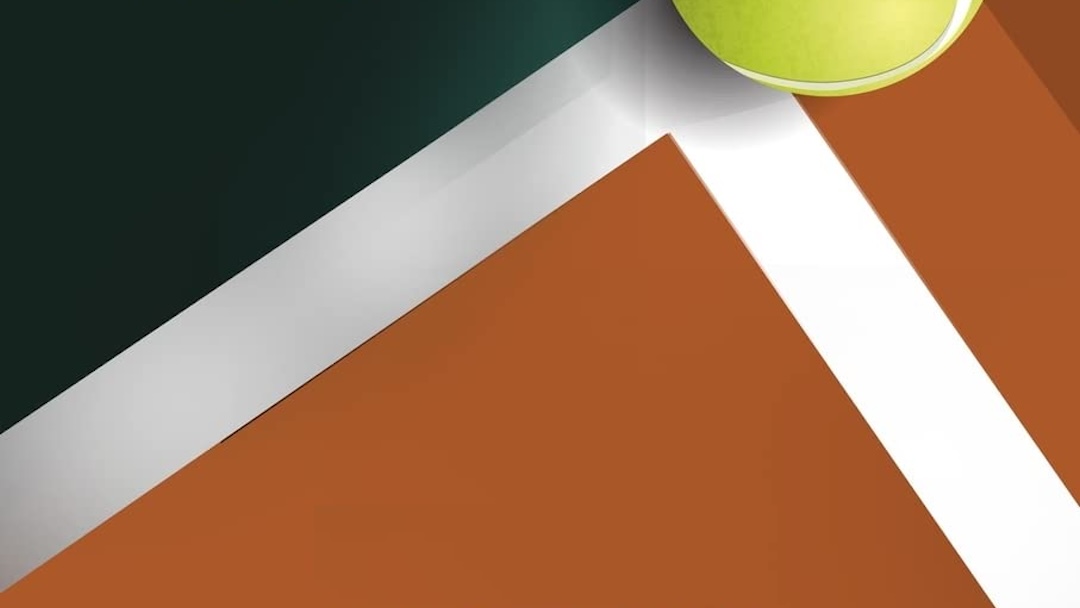Tennis Hits the Books
The overarching theme for the books this site is covering in April are two men who arguably did more in the advancement of Women’s tennis above all others. It might surprise people to see the name of Bobby Riggs thrown out in that context. I can almost hear the “Wait… what?” In order for the epic “Battle of the Sexes” match to occur, a male opponent was required. A lot of men would not have placed themselves into that position. Riggs was willing to take the risk. Additionally, he worked tirelessly on promoting the match before it occurred. Whether he intended to do so or not, Bobby Riggs and the “Battle of the Sexes Match” put women’s tennis into the spotlight. The result was a massive boost in the public interest in women’s professional tennis.
This week’s selection is an autobiography of Bobby Riggs that was published in 1949. That is more than 20 years before the “Battle of the Sexes” match was played. In other words, a long time before the caricature of Riggs played played Billie Jean. It is a book about Riggs career playing tennis at the highest level of amateur and professional competition. Tennis is my Racket is out of print and copies that are available on the secondary market are priced as collectors items. It is a book that is worthy of being collected. If you ever stumble across a reasonably priced copy, I suggest snatching it up without hesitation.
In the “completely random” department, I first heard of this book in an interview of the former child actor Vince Van Patten on Jon Wertheim’s Beyond the Baseline podcast. I was somewhat astonished to learn that Van Patten was an ATP tennis professional after his child acting career ended. In fact, he was the 1979 ATP Rookie of the Year and once defeated John McEnroe. Van Patten indicated that his interest in competitive tennis came from reading Tennis is my Racket.
The fact that Riggs was a serious competitive tennis player seems to be a fact that escapes the modern consciousness. In fact, the major theme of Tennis is my Racket traces Riggs’ origins and playing progression in the sport starting out in early juniors. Riggs loved playing tennis and it is obvious that he desperately wanted to compete at the highest levels of the game. His struggles and triumphs also sheds some light on the tennis organizational forces who largely controlled the sport while he was playing. It is not a particularly flattering portrait of the USLTA. To be fair, the relationship was strained.
For example, Riggs provides a detailed and insightful breakdown of the tail end of the “Amateur” era in tennis. The more frequent word used then and now to describe that period in tennis is “Shamateurism.” The players were “amateurs” and that status was required to play in the grand slams and the Davis Cup. However, those amateur players received large cash payouts for “expenses” for playing in amateur events. Riggs artfully outlines the duplicitous nature of the system as well as how the USLTA could arbitrarily use threats and suspension over accepting money as a punitive mechanism against the players.
Riggs was upfront that he accepted excessive “expenses” compensation for playing in events. During one period of his playing career he was having all his checks made out to a banker who was supposed to be investing it for on his behalf. At the time, Riggs was married and desperately wanted to build a semblance of financial stability for his family. The USLTA chose that moment to investigate Riggs for accepting the money that was routinely offered to him for playing those events. Unfortunately for both Riggs and the USLTA, the banker had absconded with the money. As it turns out, that banker was also a USLTA official. The matter was quietly dropped with the stern warning that Riggs not mention the event to anyone.
It is an undeniable fact that there were always hints and rumors of scandal surrounding Riggs. Much of that perception stemmed from the fact that he loved to gamble. There were points in his early career when he was accompanied at tournaments by people who regularly “made book” on his matches. There was some concern that Riggs might be periodically throwing matches to the benefit of those around him. Per Riggs’ own account, he always bet on himself and he denies ever having thrown matches.
Riggs was one of the first players to sign a professional tennis contract, and he was most definitely not the headliner on the professional tour. Because of his hustling perspective, the nuanced details into how each contractual deal was done is fascinating. It is quite literally a first hand account of what ultimately spawned the open era.
Riggs had a complicated relationship with the USLTA. From his earliest junior days, his own Section was reluctant to sponsor him to play junior nationals. He was small in stature and did not play the classic tennis style that was preferred by the USLTA bureaucracy of those times. Later in his adult career, Riggs desperately wanted to play on the US Davis Cup team. He did eventually achieve that honor but only after being passed over for the opportunity without justification on several occasions.
Another major section of Tennis is My Racket presents short profiles of players that Riggs competed against. It is a genuine “who’s who” of the top players of his time. His portraits of these players is unique because it presents an “across the net” viewpoint of the player. By focusing on what it was like to play those players, Riggs puts his tennis analysis skills on full display. Riggs was an astute tactician and student of the game.
The final part of the book is the content that inspired Vince Van Patten to play competitive tennis a try. That section is simply titled “How to Play Better Tennis.” It contains practical tips for for competing at the highest level. In modern times, only the “Grips” section is dated, the rest of the sections are valid and practical for modern competition. In fact, in that Beyond the Baseline interview, Van Patten credited that section of Tennis is my Racket with arming him with the knowledge to compete on the professional tour.
If you can find a copy, snatch up Tennis is my Racket immediately. In addition to the value as a collectors item, it is a well-written raucous account of the tennis during the 1940’s. It is a very necessary piece of the puzzle for understanding the man that was Bobby Riggs.
Next week we will dive into a second autobiography of Bobby Riggs.
- Talking Tennis with Actor and Former ATP Player Vince Van Patten, Beyond the Baseline Tennis Podcast with Jon Wertheim, Sports Illustrated, October 13, 2019.



